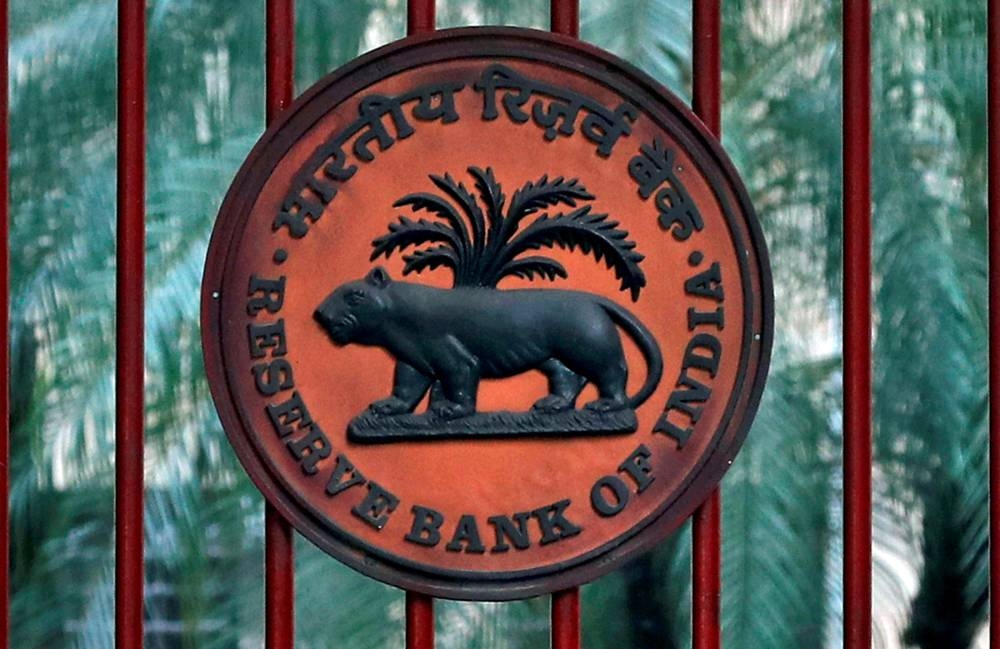India’s banks should look at various ways to attract more household savings from people who are increasingly putting their money into investment products, the central bank governor said.
Banks are turning to short-term non-retail deposits and other liability instruments to meet credit demand and other funding requirements, Shaktikanta Das, Reserve Bank of India’s governor, said on Thursday.
“This may potentially expose the banking system to structural liquidity issues,” Das said, while presenting the monetary policy statement.
Banks need to get more household financial savings through innovative products and service offerings as well as by “leveraging fully” on their vast branch network,” Das said.
Most banks reported sluggish deposit growth during their results for the three months ended June, that trailed behind the growth in credit demand.
Indian banks had roughly more than 125,000 branches across state-backed and private lenders, at the end of March 2023, according to RBI data.
Getting “savings continue to be a challenge and I think the saver to investor momentum continues,” said Shanti Ekambaram, deputy managing director at Kotak Mahindra Bank Ltd in a post-earnings analyst call. This trend has accelerated after the elections, she said.
India’s financial regulator has been concerned about the increase in credit deposit ratios, a measure of how much of a bank’s deposits are being lent out. The “gap between credit and deposit growth rates warrants a rethink by the boards of banks to re-strategise their business plans,” the RBI said in a monthly bulletin in June.

Indian banks had roughly more than 125,000 branches across state-backed and private lenders, at the end of March 2023, according to RBI data
